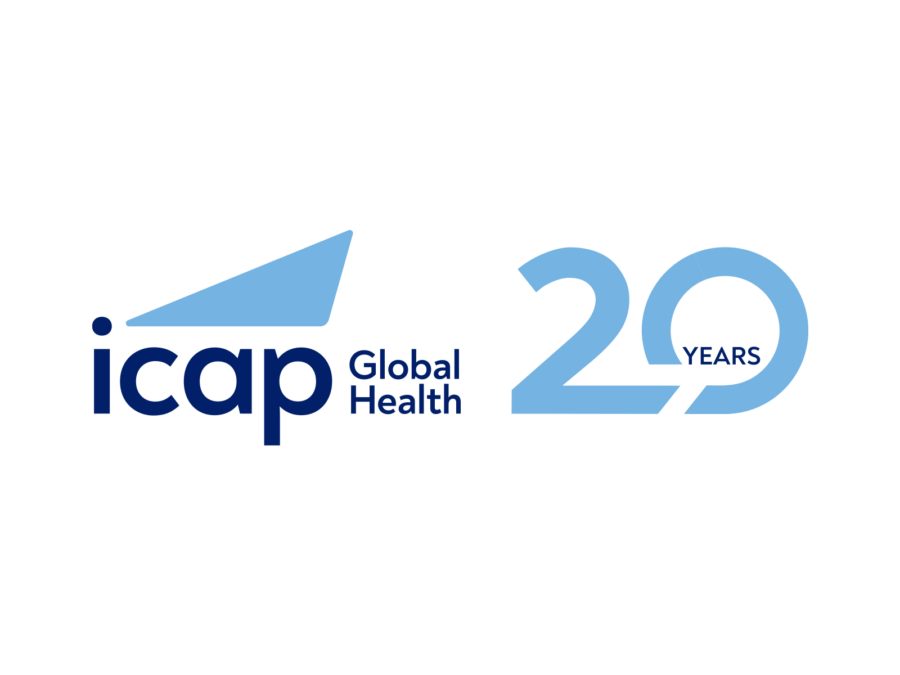!{filedir_1}AIDS_cover1.jpg!
A new study uses a mathematical model to predict the potential impact of expanding treatment to discordant couples on controlling the global HIV epidemic–in these couples, one partner has HIV infection and the other does not. The research conducted by ICAP in collaboration with the Semel Institute of Neuroscience and Human Behavior at University of California in Los Angeles (UCLA) is the first to assess the anticipated effect of the expansion of such treatment in couples on the HIV epidemic in certain African countries.
In “Modeling the Impact on the HIV Epidemic of Treating Discordant Couples with Antiretrovirals to Prevent Transmission,” authors Wafaa El-Sadr, ICAP director, and Brian Coburn and Sally Blower at UCLA’s Center for Biomedical Modeling, designed a mathematical model that determined the number of infections prevented as a result of treating discordant couples. They used their model to make predictions for Ghana, Lesotho, Malawi and Rwanda. The study’s full findings were e-published on October 11, 2011 in the Journal, AIDS.
The authors use data for their modeling from the recent clinical study, HPTN 052, which showed that treatment of couples where one partner was HIV-infected and the other was not infected was successful in reducing transmission by 96 percent. “The findings from the modeling study provide insights into what countries can expect from expanding such a prevention strategy,” noted Dr. El-Sadr.
“The most important aspect of our study is that by using a model to scale up the results of a clinical trial, we were able to predict the effectiveness of the intervention in controlling HIV epidemics,” said Dr. Coburn. “It was very exciting to find that this couples-based intervention could be extremely effective.”
The authors also demonstrate a practical approach for identifying countries where the expansion of HIV treatment in discordant couples is likely to have a strong effect in terms of preventing further spread of HIV. Such information is of great value as policy makers and public health leaders tackle tough decisions in terms of determining their HIV control programs.







